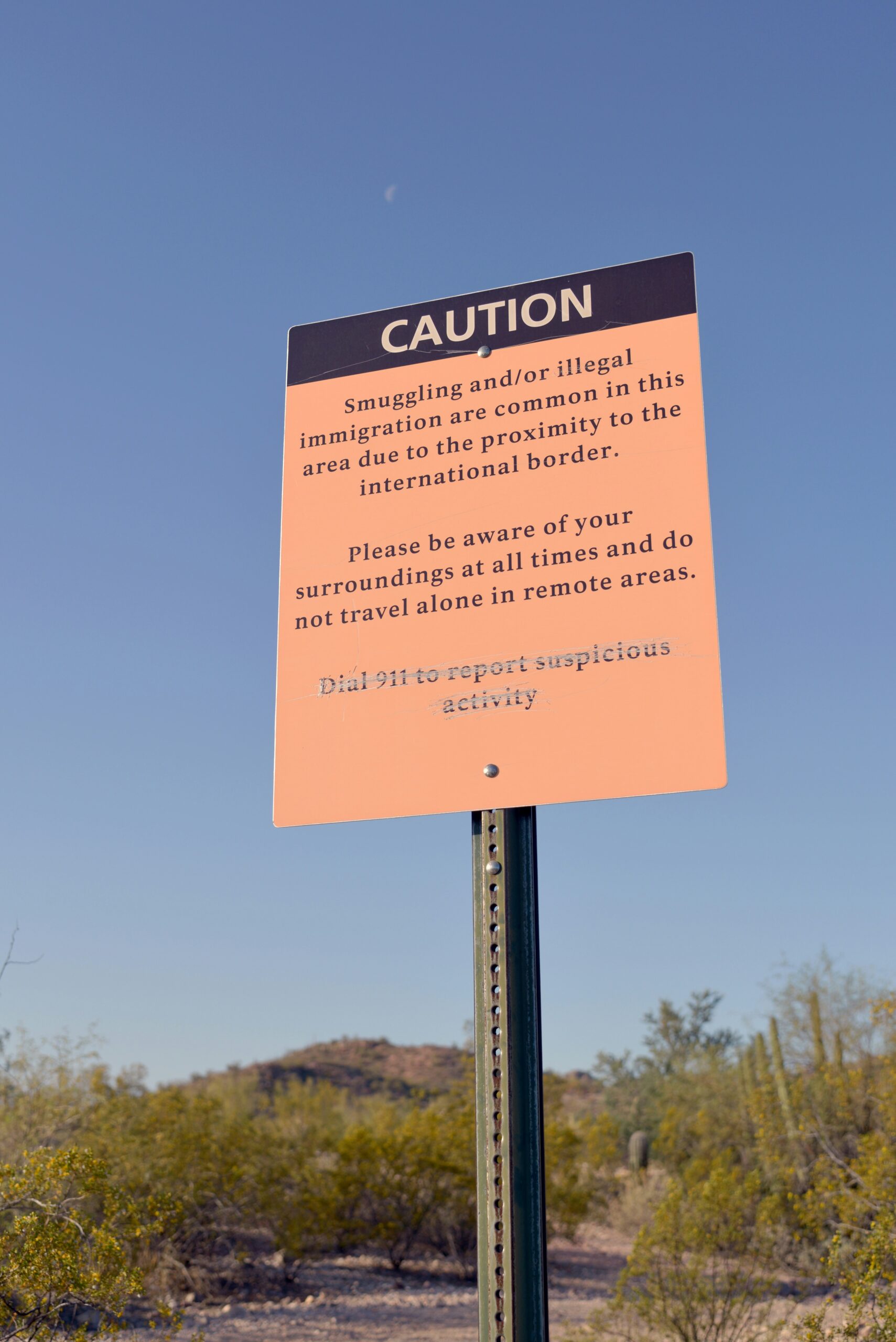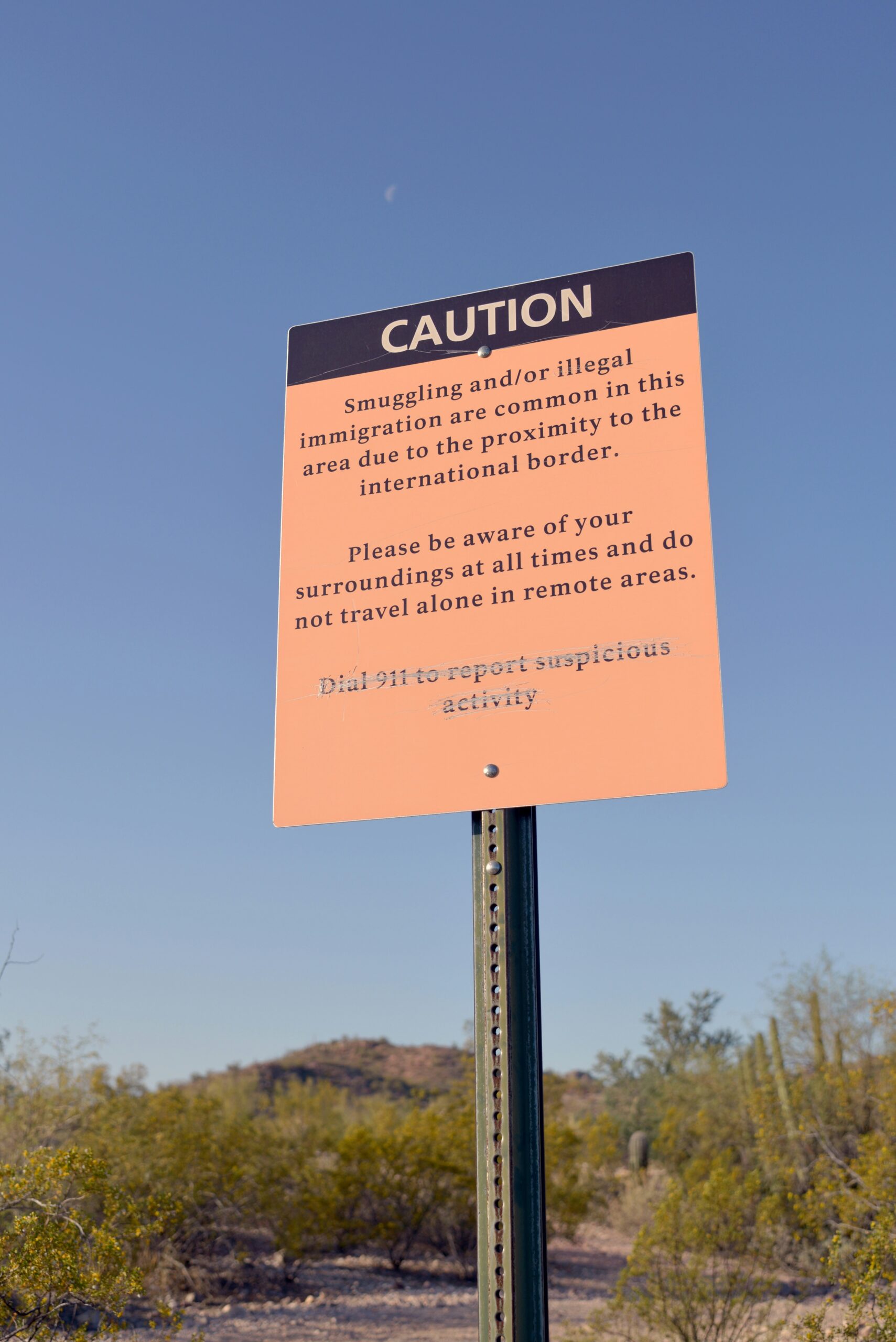
Introduction to Canadian Immigration Policy
Canada’s immigration policy plays a crucial role in shaping the nation’s demographic landscape and economy. With a longstanding tradition of welcoming immigrants, the country has developed a comprehensive approach to immigration that aims to meet the diverse needs of its society.
Current Framework of Immigration Laws
The Canadian immigration policy is primarily governed by the Immigration and Refugee Protection Act (IRPA). This framework outlines the various pathways available for individuals seeking to settle in Canada. These include family reunification, economic immigration through programs like Express Entry, and refugee protection for those fleeing persecution.
Recent Developments and Their Implications
In recent years, the Canadian government has made significant updates to its immigration policy, focusing on attracting skilled workers, innovating processing methods, and responding to labor shortages. Programs such as the Provincial Nominee Program (PNP) and the Atlantic Immigration Pilot have been instrumental in addressing regional demands, allowing provinces to tailor their immigration strategies. Understanding these developments is vital for prospective immigrants wanting to navigate the complexities of Canadian immigration.
In conclusion, Canada’s immigration policy continues to evolve, reflecting the changing needs of both the economy and society. By keeping abreast of these changes, individuals can better position themselves for potential opportunities within one of the world’s most welcoming countries.

